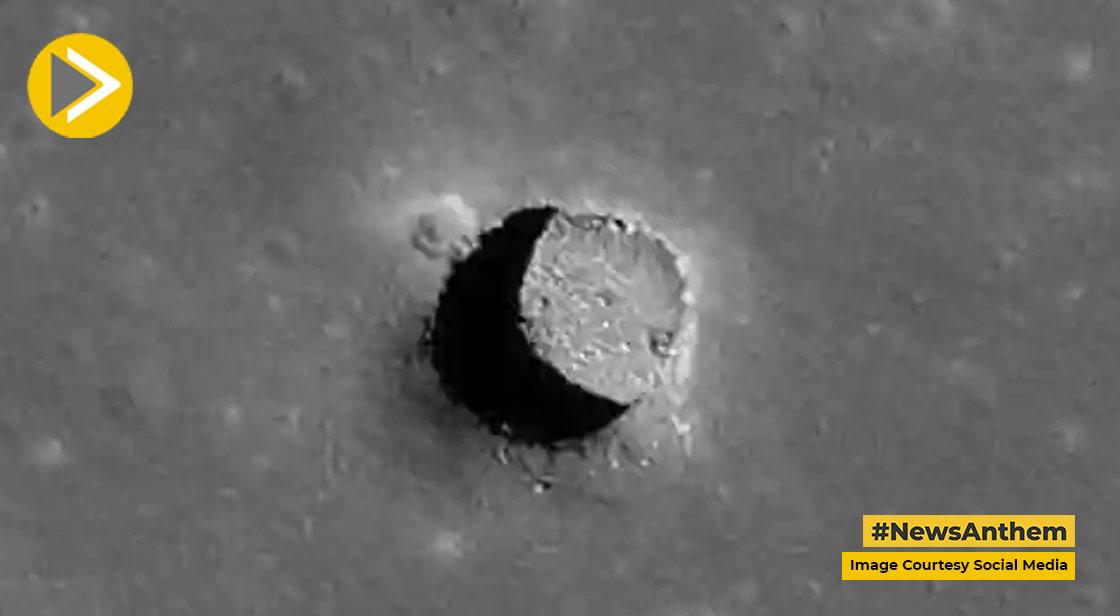NASA's LRO Discovers Lunar Pits With Livable Temperatures

News Synopsis
Researchers using computer modeling and data analysis from NASA's Lunar Reconnaissance Orbiter (LRO) satellite have found shadowed areas within lunar pits that are consistently around a pleasant 17 Celsius, a temperature that is ideal for humans.
In contrast to places at the Moon's surface, which heat up to approximately 127 Celsius during the day and cool to about minus 173 Celsius at night, the pits and caverns to which they may lead would make thermally stable habitats for lunar research. The mission of NASA is to discover and comprehend the unknowns of space in order to inspire and benefit humanity.
Since the first pits were spotted on the Moon in 2009, researchers have pondered whether these could represent the entrances to caves that could be investigated or utilized as shelters.The pits or caves would also provide some protection from solar radiation, micrometeorites, and cosmic rays.
The new study, which was just published in the journal Geophysical Research Letters, was conducted by Tyler Horvath, a doctorate student in planetary science at the University of California, Los Angeles. "About 16 of the more than 200 pits are presumably collapsed lava tubes," said Horvath.
Scientists have found shadowed areas within lunar pits that always have a comfortable temperature of about 17 Celsius, a temperature that is ideal for life. They did their analysis using data from NASA's Lunar Reconnaissance Orbiter (LRO) mission and computer modeling.
In contrast to places at the Moon's surface, which heat up to approximately 127 Celsius during the day and cool to about minus 173 Celsius at night, the pits and caverns to which they may lead would make thermally stable habitats for lunar research. The mission of NASA is to discover and comprehend the unknowns of space in order to inspire and benefit humanity.
Since the first pits were spotted on the Moon in 2009, researchers have pondered whether these could represent the entrances to caves that could be investigated or utilized as shelters. The pits or caves would also provide some protection from solar radiation, micrometeorites, and cosmic rays.
"About 16 of the more than 200 pits are probably collapsed lava tubes," said Tyler Horvath, a doctoral student in planetary science at the University of California in Los Angeles, who led the new research that was recently published in the journal Geophysical Research Letters.









